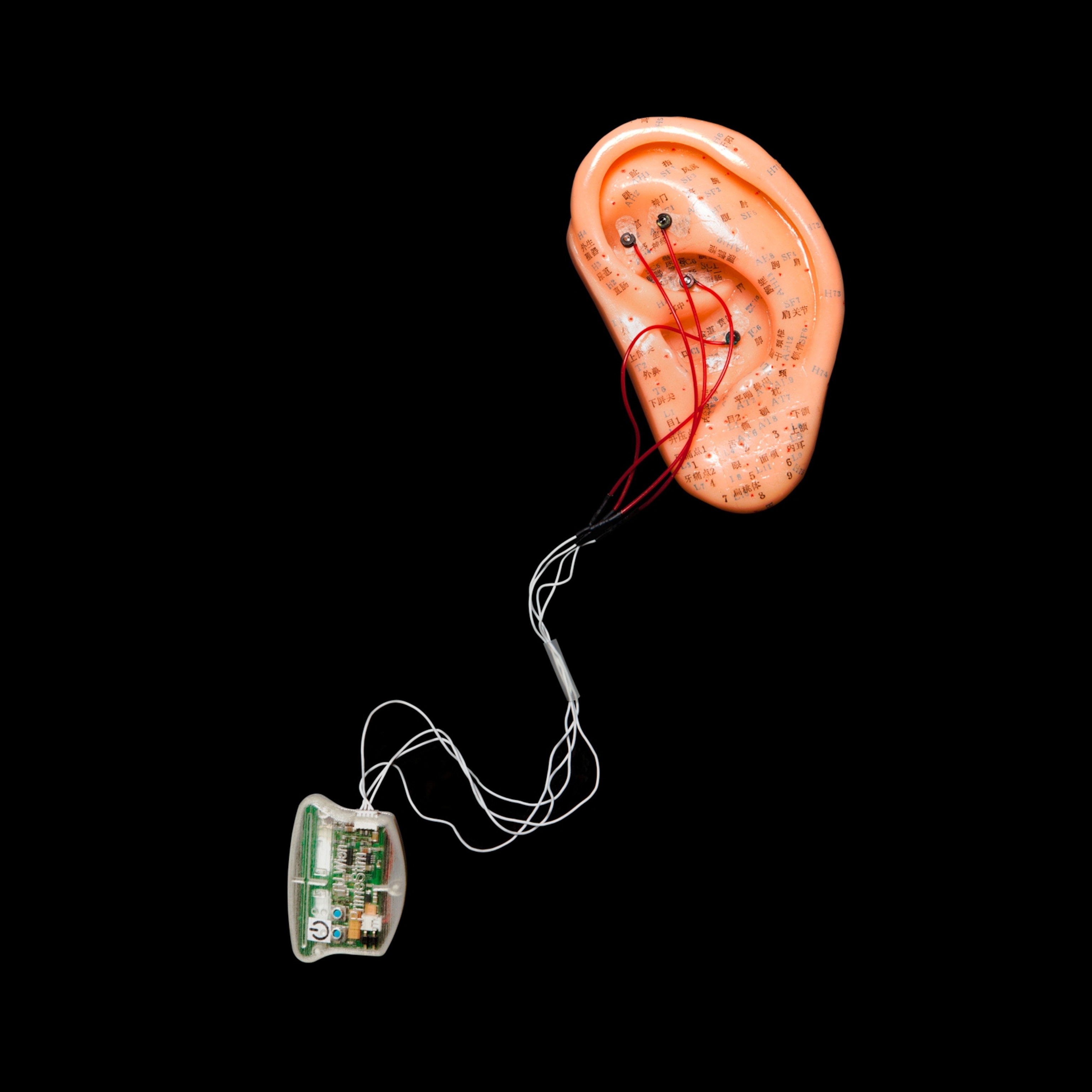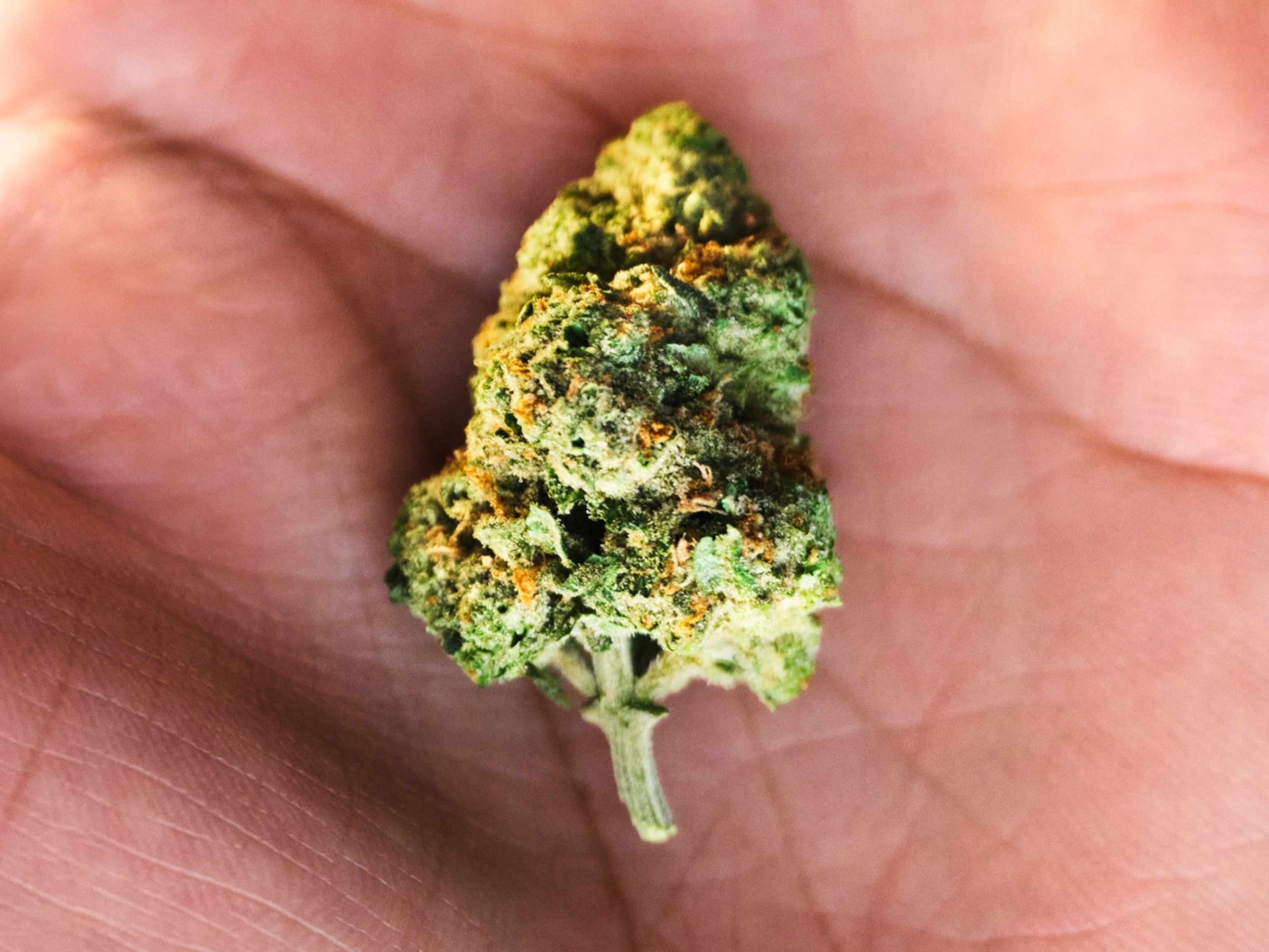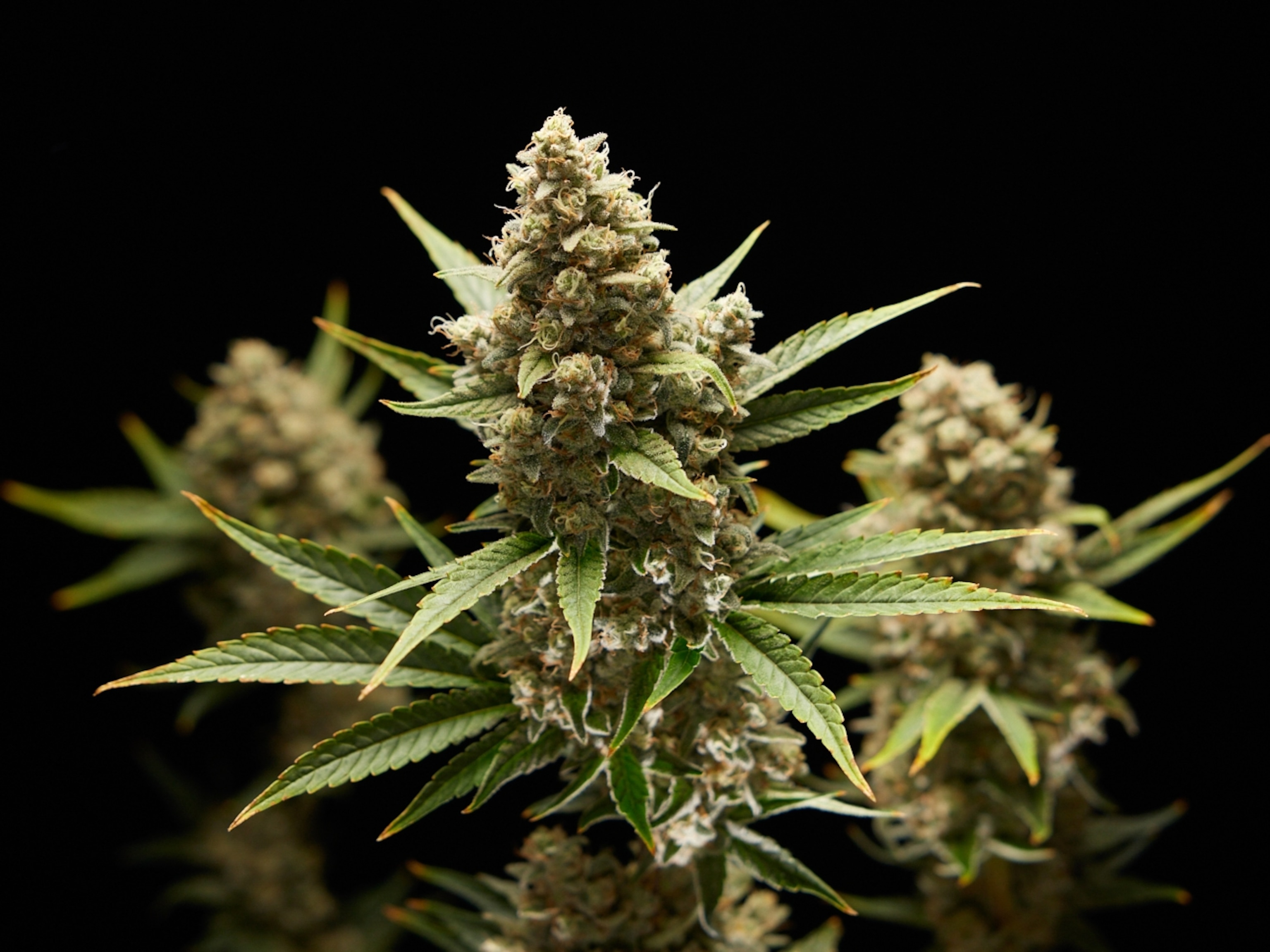Your body has a natural way of getting high (and it's not endorphins)
The endocannabinoid system is found throughout the brain and body and plays a key role in everything from memory and learning to sleep to social behavior.

When you think about the various systems in your body, the cardiovascular system, the immune system, the reproductive system, and the digestive system probably come to mind. The endocannabinoid system? Not so much. In fact, you may not even know that it exists.
The truth is, the endocannabinoid system (ECS, for short) is present in all human beings, as well as in rabbits, mice, dogs, and all other mammals, says Deepak Cyril D’Souza, professor of psychiatry and director of the Yale Center for the Science of Cannabis and Cannabinoids. “It’s a natural communication system in the brain and body. We believe it plays an important role in homeostasis—keeping things in balance.”
The ECS wasn’t discovered until 1990 when researchers were investigating the psychotropic actions of marijuana on the brain and body. That’s when they discovered that the human body has cannabinoid receptors, or binding sites, that respond to various chemicals—including tetrahydrocannabinol, THC, the primary psychoactive compound in marijuana, and cannabidiol, CBD, which isn’t psychoactive—and that it also produces its own endocannabinoids, molecules that are structurally similar to the cannabinoids found in cannabis plants.
(Inside the lab-driven quest for the ultimate high)
Even though it’s named after the plant that led to its discovery, the system doesn’t exist just to respond to cannabis. Rather, the endocannabinoid system (endo- means “within” or “internal”) plays a key role in helping your body function properly. The ECS is found throughout the brain and body, in organs, connective tissues, glands, and certain cells.
“It’s important for people to realize there is a therapeutic system that exists within their body that has endogenous chemicals that are already at work, trying to maintain balance,” says Robert Welch, a pharmacist and director of the National Center for Cannabis Research and Education at the University of Mississippi in Oxford. “It’s a pretty complicated system,” he adds, with far-reaching effects.
Here's a closer look at what it is and what it does.
How the endocannabinoid system works
There are three main parts of the ECS: the endocannabinoids that the body produces; the key enzymes that help produce them on demand and break them down when they’re no longer needed; and the endocannabinoid receptors.
Endocannabinoids are derived from lipids (fats) in the body. “They are natural neurotransmitters that activate the same receptors that are activated by THC,” explains Sachin Patel, a professor of psychiatry and behavioral sciences at the Northwestern University Feinberg School of Medicine. The difference is, endocannabinoids won’t make you “high” but they do play a role in numerous vital bodily functions. There are two main endocannabinoids—anandamide and 2-AG (which is short for 2-arachidonoyl glycerol)—and these are produced in the brain and elsewhere in the body.
“They’re not stored in compartments and released through secretion—endocannabinoids are stored in fat membranes and released on demand,” says Daniele Piomelli, a professor of anatomy and neurobiology and director of the Center for the Study of Cannabis at the UC Irvine Medical Center.
When they’re released, these endocannabinoids bind to special receptors—namely, CB1 receptors, which are abundant in the central nervous system (especially the brain), and CB2 receptors, which are found primarily in the immune system.
Scientists believe the primary purpose of the ECS is to maintain homeostasis, a state of biological harmony, in various body systems. In fact, experts say that endocannabinoids have been found to play a role in memory and learning, mood and anxiety, pain perception, appetite, metabolism, sleep, immune function, reproductive function, and the stress response.
(The potent promises—and perils—of modern marijuana)
“The endocannabinoid system tamps down the fight-or-flight response when you’re not in danger,” Patel says. “The endocannabinoid system keeps us in a state of balance—when you don’t have that balance, you can have a runaway stress response.”
On the upside, the ECS also may play a role in the “runner’s high” people often experience during or after exercise. For many years, it was believed that the release of endorphins—the body’s natural opioids—was solely responsible for the feelings of euphoria, pain relief, and relaxation people often experience after intense or prolonged exercise. But that may not be the whole story: newer research has shown that running increases blood levels of both endorphins and the endocannabinoid anandamide, which means they likely work together to elicit the runner’s high.
In addition, “the endocannabinoid system is important in regulating social reward,” says Piomelli. “Oxytocin works with the endocannabinoid system” to drive prosocial behavior and social bonding. “Without the endocannabinoid system, we would be hard-pressed to cope with stress,” Piomelli says. “The endocannabinoid system allows us to live a balanced, normal life.”
When the balance gets unsettled
Meanwhile, there’s growing recognition that imbalances or disturbances to the endocannabinoid system may be the result of certain medical conditions or could exacerbate them, Piomelli says. These include chronic pain conditions such as migraines and fibromyalgia, as well as epilepsy, inflammatory bowel disease, irritable bowel syndrome, depression, or anxiety.
While there’s some evidence that people can support or protect their endocannabinoid system with exercise, mindfulness and meditative activities, the extent to which these measures help may vary with the individual.
And the effects of endocannabinoids are very different from plant-derived cannabinoids like THC, CBD, and others. “Endocannabinoids are produced on demand, released in a discrete space, and as soon as they bind with cannabinoid receptors, they’re inactivated,” D’Souza explains. By contrast, “if someone smokes weed,” D’Souza adds, “THC will flood the brain and bind to cannabinoid receptors all over the brain.”
That’s one reason the effects of cannabis are longer lasting—and why regular use of high-potency cannabis can interfere with the ECS’s ability to do its jobs. This interference can cause disruptions in functions the ECS regulates, leading to changes in sleep, appetite, mood, and anxiety, D’Souza says. “Abrupt cessation and withdrawal can cause these disruptions, too.”
The underlying issue: “When people use high-potency cannabis frequently, that downregulates the cannabinoid receptors, which means the endogenous system won’t be able to function in optimal ways,” Patel explains. “The more people use in terms of frequency and potency, the more that will affect downregulation of the endocannabinoid system.”
If that happens, taking a break from using weed for several weeks can help restore functionality of the ECS, Patel says. “The good news is, it will come back to some extent, if not fully.”








